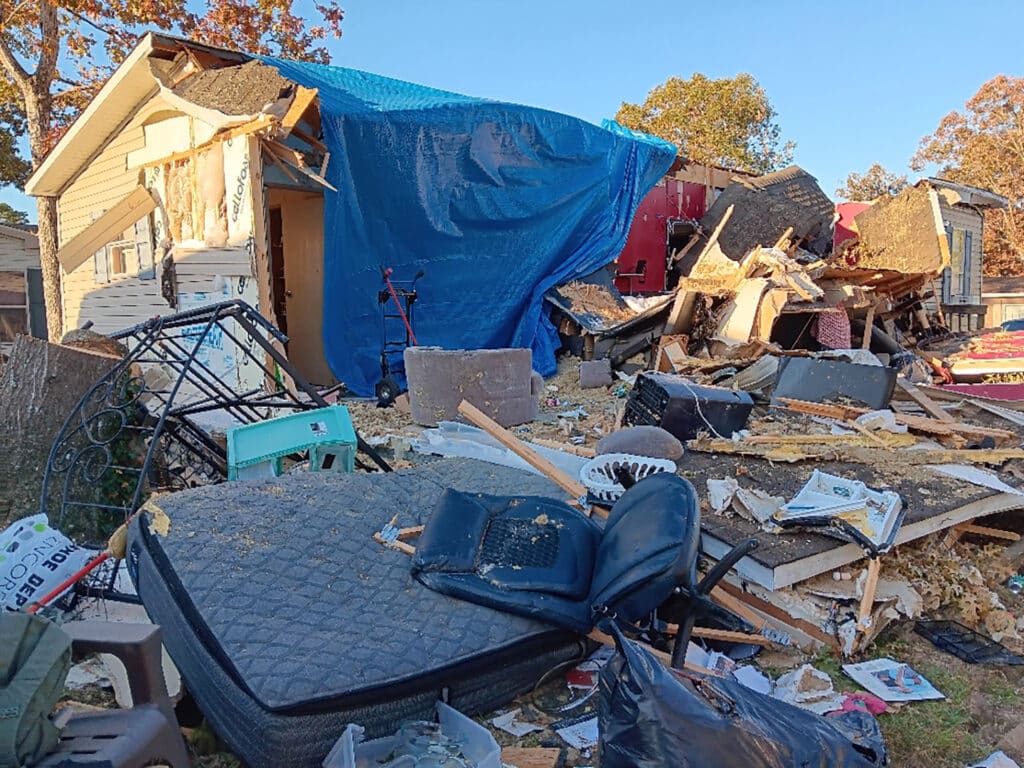FIRST-PERSON: The culture of pornography
R. Albert Mohler Jr., Baptist Press
LOUISVILLE, Ky.?”For most of my life, I gave little thought to pornography. It was not something I considered relevant to me, nor did I consider it?in the daunting spectrum of social, cultural, and political problems?a particularly pressing issue facing this country,” recalls Pamela Paul, author of “Pornified: How Pornography Is Transforming Our Lives, Our Relationships, and Our Families.”
Her new book is likely to attract attention as it represents one of the few comprehensive reports on how pornography has transformed American culture.
Paul, a contributor to TIME magazine and other major journals, developed her interest in the cultural impact of pornography when she was asked to write about the subject for TIME.
“Like many Americans, I believed pornography was no big deal,” she explains. Nevertheless, her experience writing about pornography for TIME changed everything. “My eyes were blown open,” Paul now remembers.
What Pamela Paul discovered was that pornography is not merely a major player in the economy. Now, it has become an engine for transforming the entire culture?and corrupting countless lives.
“Pornified” is really an extension of Pamela Paul’s investigative work for TIME magazine. The book is more a journalistic report than a sociological analysis. In one sense, that’s what makes this book all the more significant in terms of impact. Paul has filled her book with anecdotes drawn from her interviews with hundreds of porn users and analysis drawn from a massive study on pornography’s effects, done in partnership with Harris, Interactive.
Paul begins by recalling a conversation with an elderly couple. Explaining that she was writing a book on pornography, the wife responded: “It’s ruining this country. Just terrible. Pornography everywhere. Not like it was when we were young.” Then she asked her husband, “Do you remember your uncle Joe?” Her husband was instantly reminded of his uncle’s collection of “wolf cards”?playing cards that featured explicit sexual images. At least, the images were considered sexually explicit for that day. “But it was so much tamer than what’s out there today,” the wife explained.
Paul quickly takes her reader into the real-life world of modern pornography. In “pornographied” America, millions of men are like the husband described by a 38-year-old woman from a Chicago suburb.
“He would come home from work, slide food around his plate during dinner, play for maybe half an hour with the kids, and then go into his home office, shut the door, and surf Internet porn for hours. I knew?and he knew that I knew.”
Paul describes contemporary American culture as “pornographied” because porn is now literally everywhere. The users are no longer just fraternity boys and those written off as “dirty old men.” Now, the users of virtually unrestricted porn include children, teenagers and adults of all ages. The victims include not only those whose lives, marriages, relationships, careers and sexuality are corrupted, but also everyone involved in the vast pornography industry at every stage.
A sense of historical development adds credibility to Paul’s analysis. She recognizes that some forms of pornography have been a part of human culture since antiquity. A quick look at the various sculpture galleries in the British Museum should be sufficient to prove that point. Nevertheless, she recognizes that today’s pervasively pornified culture represents something new. Even in her own life span, Paul can note the development.
“Men and women who came of age during the sixties, seventies, or eighties, or whose experience with pornography dates to those eras, think of pornography in terms of gauzy centerfolds, outre sexuality, women’s liberation, and the Hugh Hefner lifes














